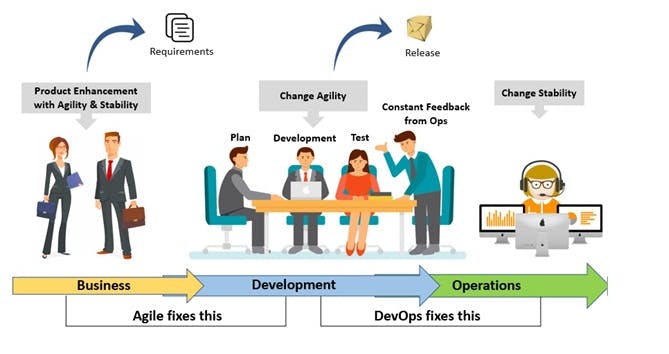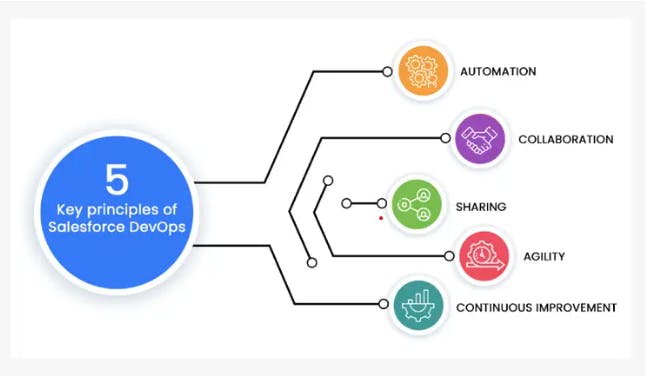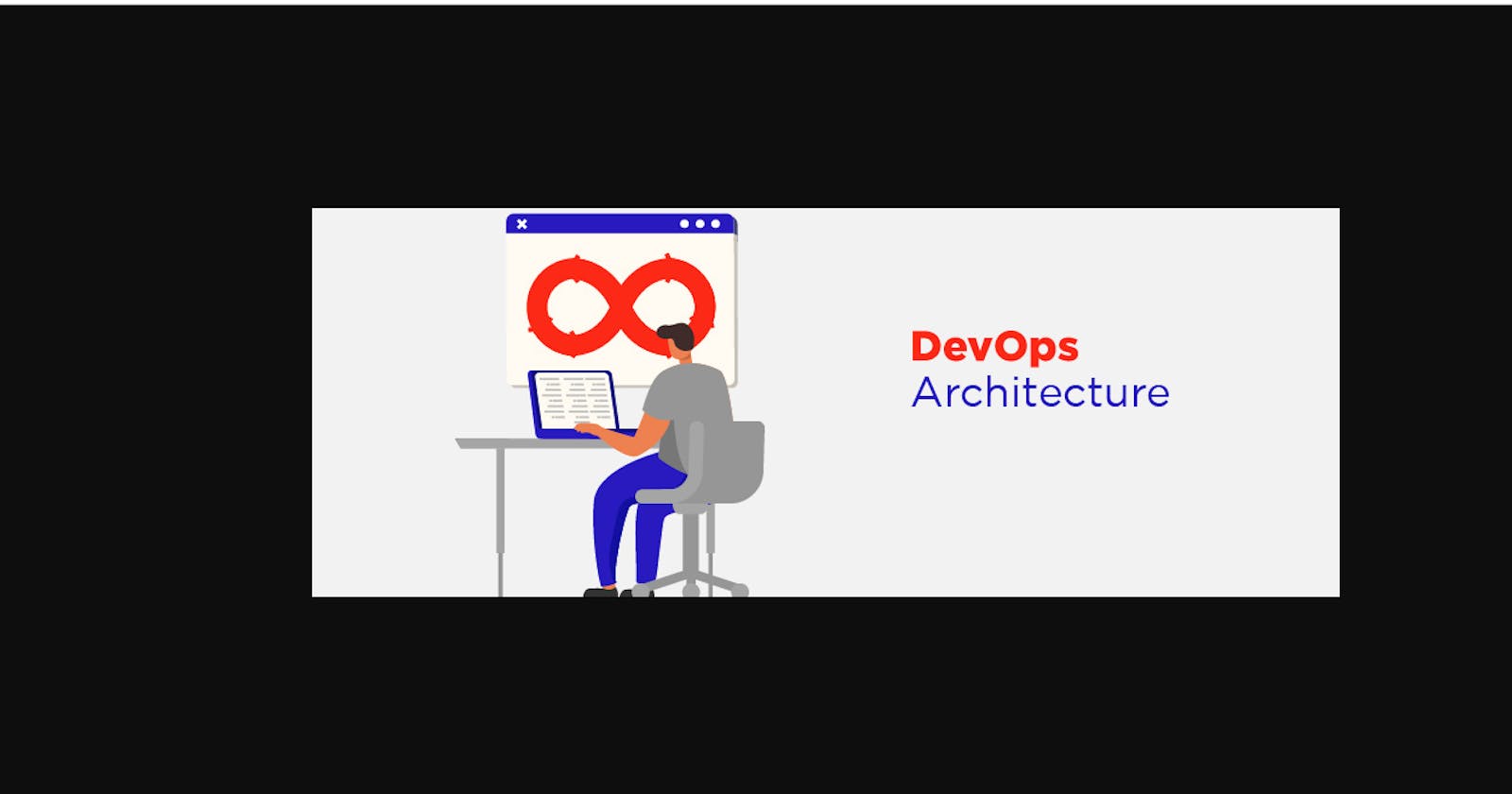What is DevOps Architecture?
Some might think that DevOps Architecture is either a tool or a technology. But it is a methodology or procedure involving various tools. These tools help to resolve the issues between the two teams.
The development team always has an extra burden to finish their faulty backlogs. These backlogs consist of codes declared erroneous by the operations team. With the help of DevOps Architecture, a developer receives rapid code feedback and fixes the bugs. Hence, this process accelerates code production and software launches.
without Devops

The Development team works on code which is then sent to the testing team for validation against requirements. The operation team comes in toward the end of the process, where the handover of release is given. DevOps aims to break these silos enabling better collaboration and performance.
with DevOps

DevOps enables a cultural change to remove the barrier between development and operations, working together for a common set of objectives.
The Development and Operations teams work in collaboration to minimize the effort and risk involved in releasing software. But how do you ensure collaboration? This is the question faced by many organizations. Well, you can introduce collaboration by ensuring that the Operations team is giving constant feedback to the Development team about the code, analyzing the impact considering end users and troubleshooting any problems together to gain stability of the product.
DevOps Architecture Principles

1. Collaboration
DevOps Architecture design is based on the entire principle of collaboration. The development team and the operations team collaborate throughout the entire cycle of development and disposal. In other words, the two teams merge into one single team and work together till the end of the application lifecycle. By collaborating as one, the entire team is permitted complete responsibilities for the product. This means the entire team will own every feature of the project until it is delivered. This helps to enhance the pace and quality of work.s based on the entire principle of collaboration. The development team and the operations team collaborate throughout the entire cycle of development and disposal.
2. Automation
One of the main principles of DevOps Architecture is automation. This principle generates more time for the developers and reduces human faults. Hence, developers can create new codes and build upgraded features. Automation helps the team to achieve constant enhancement in a short period.
3. Constant Enhancement
The principle of constant enhancement is directly linked with continuous delivery. Constant Enhancement allows the DevOps team to update the software system. This improves the efficiency of the software. These updates exclude waste by push code changes. Constant Enhancement also improves customer significance.
4. Actions must be Customer-Centric
Application software and other services are mostly built according to the feedback of the customers. DevOps team rapidly collects real-time interaction and feedback from the customers. Subsequently, with the help of this insight, further upgradation is made.
5. Creating products according to the real-life experience
The last principle encourages the DevOps team to comprehend the customers' requirements and build products accordingly. The products and services should be built based on real-life problems rather than assumptions.
